Estimated reading time: 12 minutes
Have you ever watched your cat parade around with a toy in its mouth, all the while meowing as if announcing an important event? You might wonder if your furry friend is attempting to communicate something vital or just acting on quirky feline instincts.
It turns out there’s more to this odd ritual than meets the eye. Cats carry their toys and vocalize for various reasons – from showcasing their ‘hunting’ triumphs to seeking some playful interaction with you. This curious behavior taps into deep-seated instincts that are fascinating yet entirely normal parts of being a cat.
Our article delves into your kitty’s actions, offering insights and tips on how best to respond. With our help, you’ll understand what makes your whiskered companion tick — enhancing that special bond between you two.
Key Takeaways
- Cats carry toys and meow as a way to show they are proud of their “hunt” or to share a special moment with their owner, much like giving a gift.
- The behavior can also mean your cat wants attention or playtime, it’s teaching you to “hunt,” protecting its toy, showing affection, trading for something else, or feels attached to an old toy.
- Play is very important for cats; it helps them act on their hunting instincts and stay healthy in body and mind.
- Male and female cats might carry toys and meow for different reasons. How often they do this can change as they get older.
- When your cat shows this behavior, playing with them using interactive toys or responding positively when they vocalize can make the bond between you stronger.
Key Reasons Cats Carry Around Toys and Meow
Presenting You With a Trophy
Your kitty might walk up to you with a toy in her mouth and start meowing. This could be her way of showing off a “catch.” She sees you as part of her family, and by bringing you her prized mouse cat toy, she’s sharing what she’s “hunted.”
It’s like when someone gives you a gift to say they care about you. Your furry friend is doing the same thing!
Imagine this: after playing around, your cat picks up that small stuffed animal and brings it all the way to where you are. Then meows loudly. She may earn some praise or attention from you for making a catch! It’s not just play; it’s a big deal for her because she sees herself as providing something special—just for you.
Showing Affection Towards You
Cats have their own way of telling you they care. Picture your furry friend carrying a favorite toy to you, meowing all the while—it’s as if they’re saying, “I love you!”
They might drop that stuffed mouse at your feet and look up with those big eyes. That’s their form of a hug or kiss, sharing what they treasure with someone they trust.
Your cat bringing you toys is an act of giving and showing trust. It connects the two of you, strengthening that special bond between pet and owner every time they come to you with a toy in their mouth, making those affectionate little noises.
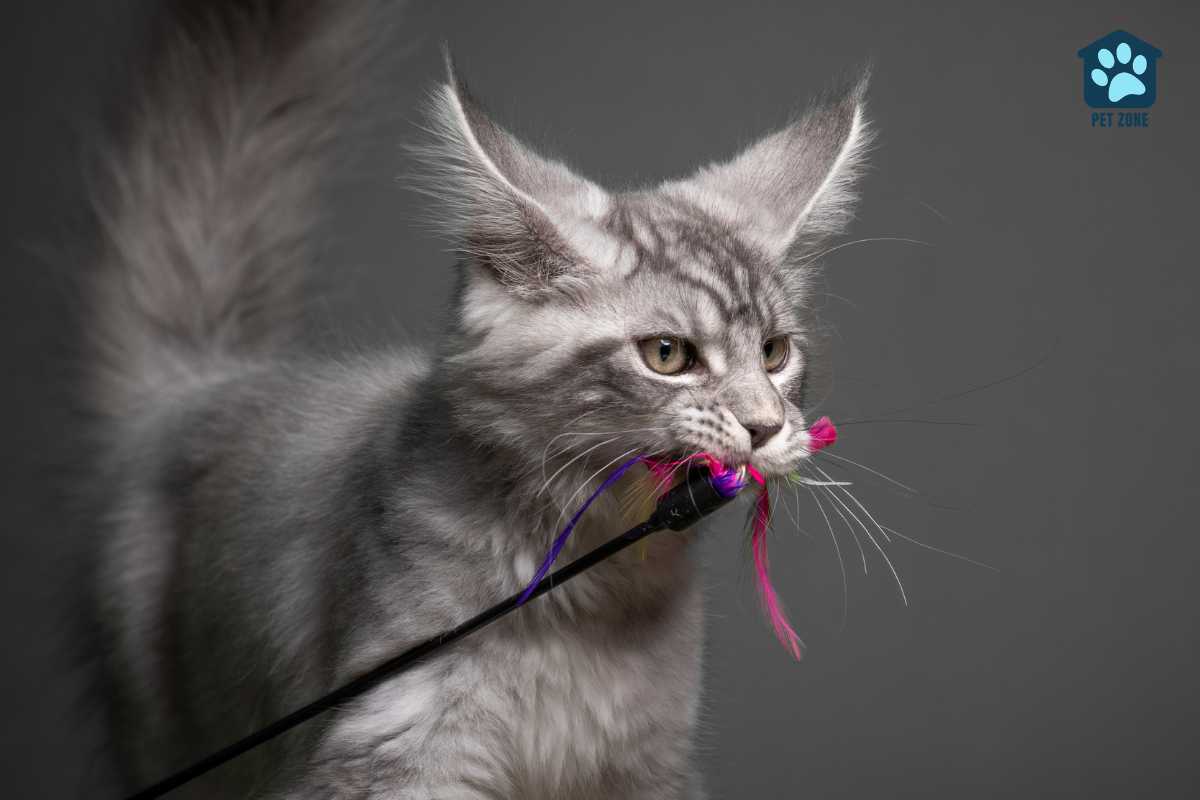
Protecting Their Toys
Cats may carry around toys and meow as a way of protecting their belongings. This behavior is driven by their instinct to safeguard what they consider valuable, just like how they would protect prey in the wild.
It’s important to understand that when your cat carries a toy and vocalizes, it’s not just about playtime; it’s also about asserting ownership over their prized possessions. By acknowledging this behavior, pet owners can better appreciate their cat’s natural instincts and establish a deeper understanding of their furry friend’s needs.
Signifying a Playtime
When your cat carries a toy and meows, it could be their way of telling you they want to play. This behavior is their way of inviting you to engage in some interactive fun. Cats are signaling that they’re ready for an active, playful time together through this action.
It’s their unique way of asking for your attention and participation in a bonding activity with them – so don’t hesitate to join in the fun when your feline friend makes this request.
Incorporating playtime into your daily routine not only strengthens the bond between you and your cat but also provides mental and physical stimulation for them, which is essential for their well-being.
Teaching Hunting Techniques
Cats may bring you toys and meow loudly because they’re trying to teach you hunting skills. This behavior reflects their natural instincts as hunters. When a cat carries a toy in its mouth and vocalizes, it’s similar to how mother cats will often teach their kittens how to hunt by catching prey and bringing it back.
So when your cat brings you a “caught” toy, it’s actually trying to show you something. It’s like saying, “This is what I can do; now let me teach you.” This action is rooted in the instinct of practicing essential hunting skills.
Additionally, play teaches cats important hunting skills that are necessary for survival in the wild. By playing with toys and carrying them around, cats improve their coordination, stealth, and predatory tactics.
Expressing Desire to Make a Trade
Cats may carry around toys and meow as if they want to make a trade with you. It’s like they are saying, “I have this toy; what do you have for me?” This behavior can be their way of asking for your attention or trying to engage in playtime with you.
They might even see it as an opportunity to exchange items, similar to how cats in the wild share their catch with each other. So, when your cat brings a toy and vocalizes its desire to make a trade, it’s their way of communicating and seeking interaction from you.
This behavior showcases their social nature and highlights their need for engagement and companionship. Responding positively by playing or interacting with them reinforces this bond between you and your feline friend while also meeting their instinctual desires for social interaction.
Attachment to an Old Toy
Old toys hold a special place in your cat’s heart. When they carry around an old toy and meow, it could be their way of showing nostalgia or comfort. The familiar scent and texture bring back memories for them, making the toy a source of security and reassurance.
Moreover, the old toy may also represent past victories during playtime for your cat, which they proudly want to share with you through their meows and actions.
The attachment to an old toy can serve as a form of emotional support for your cat. It provides them with a sense of familiarity and contentment, easing any anxieties they might have.
Detailed Analysis of Cat Behavior
Understanding the Your Cat’s Meowing
Cats meow to communicate with us. They might do it because they want attention, or when they are hungry. When a cat carries and meows with a toy, it’s their way of telling you something.
For example, your cat may be mimicking the behavior of a mother carrying prey back to her kittens. Cats also use vocalization as part of playtime, so when your cat brings you a toy and meows, they might just want to play with you.
When cats carry toys and meow at night, they might be trying to get your attention or show off their “catch.” Male cats can also exhibit this behavior; it’s not exclusive to females.
The Role of Play in Your Cat’s Behavior
Play is a significant part of a cat’s behavior. It’s not just about having fun, but it also fulfills their natural hunting instincts. Through play, cats can hone their hunting skills and release pent-up energy, contributing to their overall well-being.
When a cat carries around a toy and meows, it may actually be an invitation to engage in playtime. This behavior reflects the cat’s desire to interact with you and have some fun together.
Cats often use playing as a means of communication with their owners. Engaging in playtime can strengthen the bond between you and your feline friend while allowing them to express their predator instincts in a safe environment within your home.
Your Cat’s Attachment to Toys
When it comes to the cat’s attachment to toys, it’s important to understand that cats form strong emotional connections to certain objects. A cat’s attachment to a toy isn’t purely about play; it can also stem from comfort and security.
Cats often become attached to specific toys or objects that provide them with a sense of familiarity and reassurance. This bond can be especially significant for solitary indoor cats as their toys serve as companions in their environment.
Cat owners may notice their feline friends carrying around a cherished toy or seeking out a particular item when they are feeling distressed or anxious. This behavior is not just about engaging in play, but also stems from the need for emotional support and comfort.
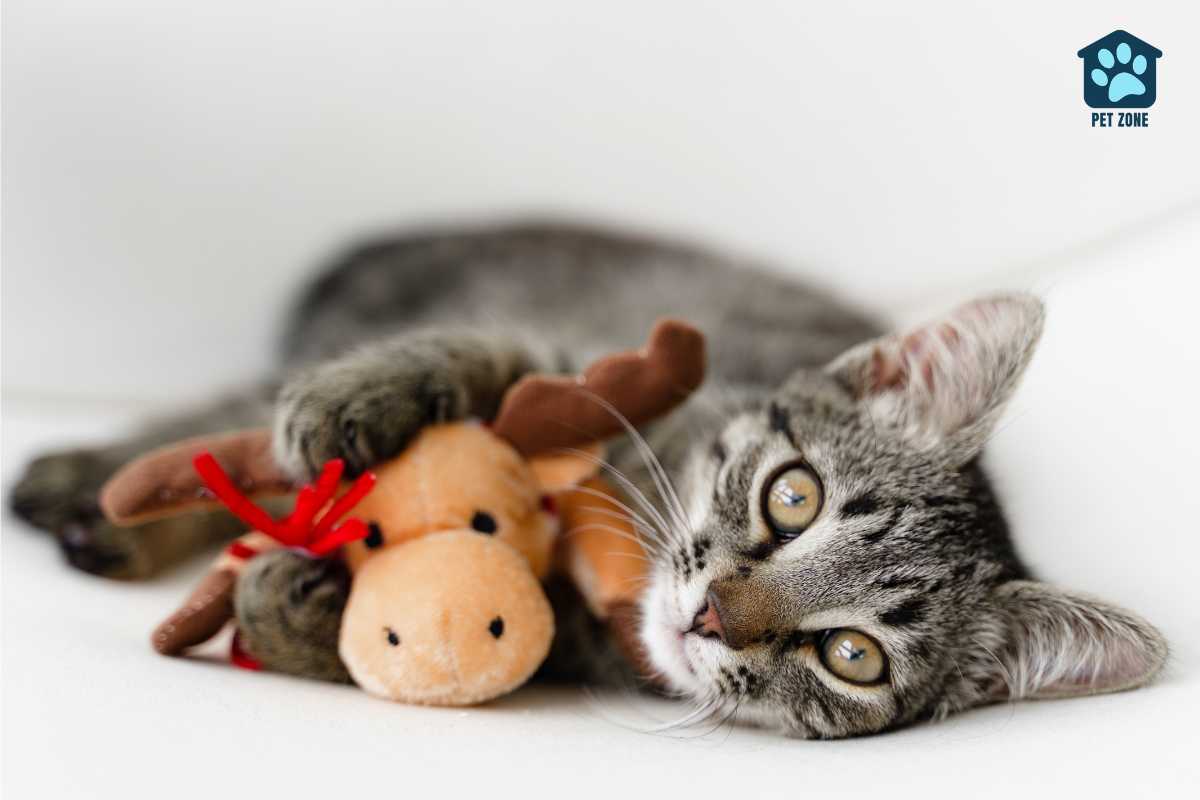
Impact of Cat’s Age and Gender on Behavior
Differences in Behavior Among Male and Female Cats
Male and female cats may show differences in their behavior when it comes to carrying toys and meowing. While both genders can exhibit this behavior, male cats might display it more frequently as a way of seeking attention from their owners.
On the other hand, female cats may carry toys and meow primarily as a means of showing affection or maternal instincts. Additionally, the frequency of this behavior might vary based on whether the cat is neutered or not; for instance, an unneutered male cat may be more prone to displaying this behavior due to hormonal influences.
As cats age, there could also be changes in their behavior regarding carrying toys and meowing. Older female cats might continue exhibiting mothering behaviors by carrying around toys, while older male cats could decrease this behavior as they become less active.
Changes in Behavior as Cats Age
As cats age, their behavior may change. Older cats may become more vocal. They might meow more often, especially at night. Elderly cats could also show less interest in playing with toys.
Some older cats might become more affectionate and seek out attention from their owners. As they age, male and female cats both can exhibit changes in behavior; however, these changes can vary among individual cats.
As cats get older, they might develop health issues that affect their behavior. It’s essential to pay attention to any significant changes in your cat’s behavior as they age since this could be a sign of an underlying medical condition that needs addressing.
Tips on How to Respond to Your Cat’s Behavior
Interacting With Your Cat During Playtime
When playing with your cat, use interactive toys like feathers on a stick or laser pointers to encourage physical activity and mimic hunting. This helps to keep your cat mentally stimulated and physically active, fulfilling their natural instincts.
Additionally, incorporate puzzle feeders or treat-dispensing toys into playtime to provide mental stimulation. It’s important to let your cat “catch” the toy sometimes during play and then give them a treat as a reward – this mimics the satisfaction of catching prey in the wild.
Remember that cats have individual preferences for play, so observe what excites your cat most and tailor playtime accordingly. Avoid using hands or feet as “prey” during play to prevent potential scratching or biting behavior towards humans.
Responding to Your Cat’s Vocalization
When your cat vocalizes, it’s important to pay attention. Responding to their meows can help strengthen the bond between you and your feline friend. If your cat is carrying a toy and meowing, try engaging in interactive playtime.
This can satisfy their hunting instincts and provide the attention they seek. Additionally, acknowledging their offering when they bring a toy to you can reinforce positive behavior.
Offering affection and praise when they vocalize or bring a trophy-like toy communicates love and support to your pet.
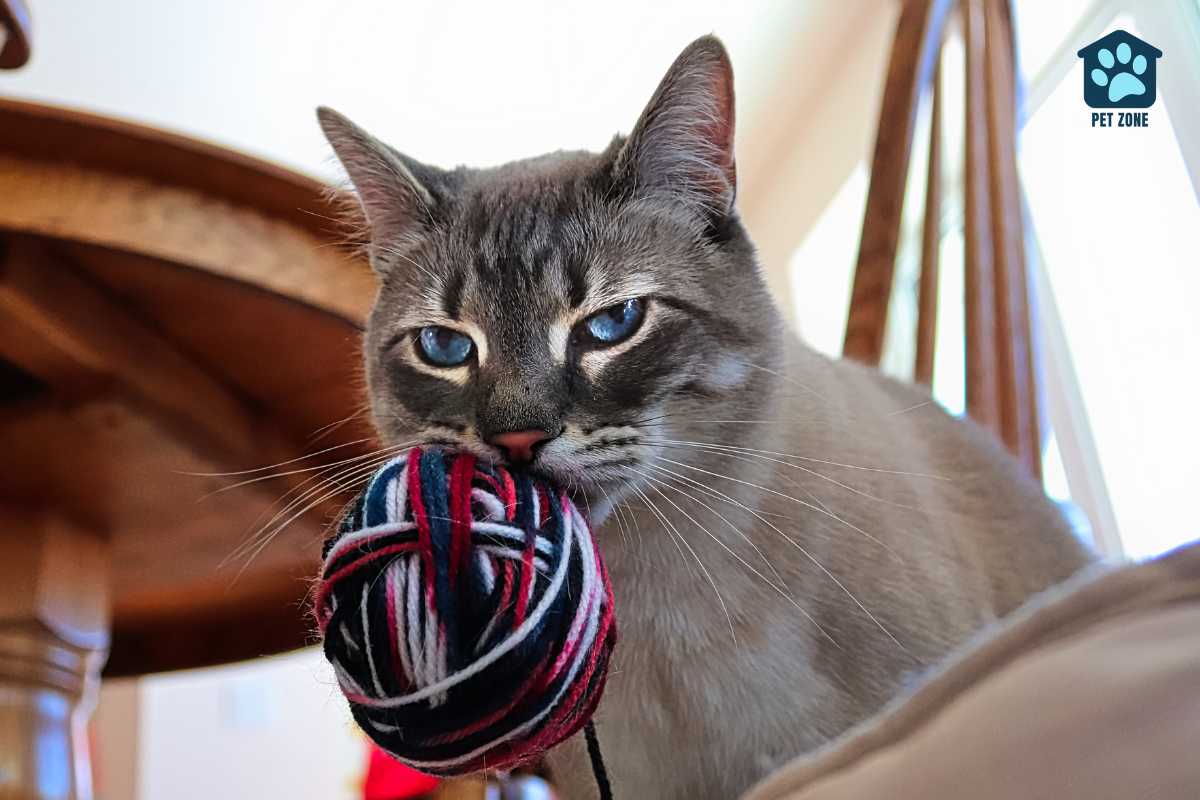
Conclusion
The behaviors of presenting a trophy or seeking attention are natural ways for cats to engage with their owners. Responding to these actions by playing and acknowledging their efforts strengthens the human-cat relationship.
By recognizing the significance of this behavior, you can ensure a fulfilling environment for your feline companion.
Frequently Asked Questions
Your cat may carry a toy and meow to show off their “catch,” just like they’ve made a big hunt! It’s part of how cats play and practice hunting skills. Sometimes, they’ll bring it to you as if it’s a gift or asking you to join in the fun.
Yes, it’s pretty common. Cats might move their toys around at night because that’s when they’re most active. They may yowl to get your attention, wanting some late-night playtime or cuddles.
Definitely! If your cat is moving toys from place to place while making noise, they could want your attention. Maybe they’re bringing you their “caught” mouse or simply asking you to come play with them.
Cats might treat certain toys like pretend prey because those are perfect for practicing those pouncing moves! But other times, especially with soft, small ones – kind of like kittens –they can act all motherly towards them too!
It sounds like he just wants some action! Try engaging with him by playing together or providing more exciting activities for him during the day so he uses up that energy before nighttime rolls in.
Some cats have favorites among their stash of toys—and yes, these special items could smell extra nice (maybe there’s catnip inside) or feel good on her teeth when she bites down hard enough while carrying it around by the scruff—it’s comfort thing too!
As an Amazon Associate I earn from qualifying purchases.
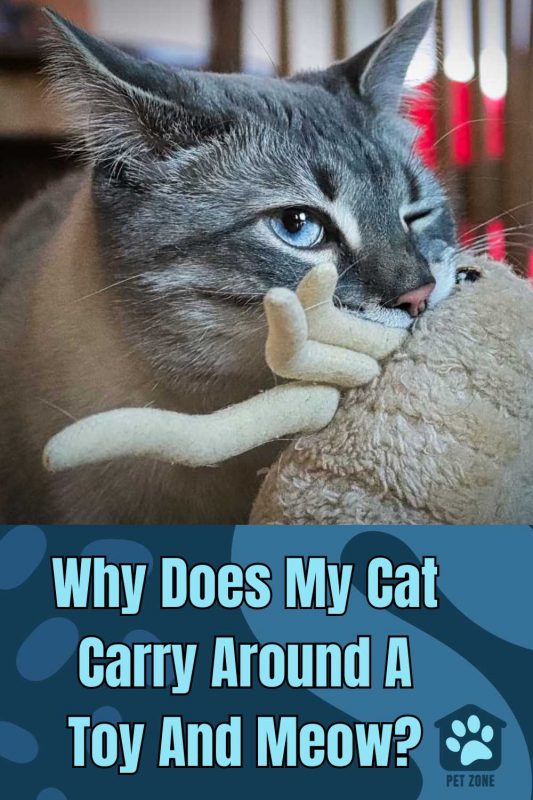


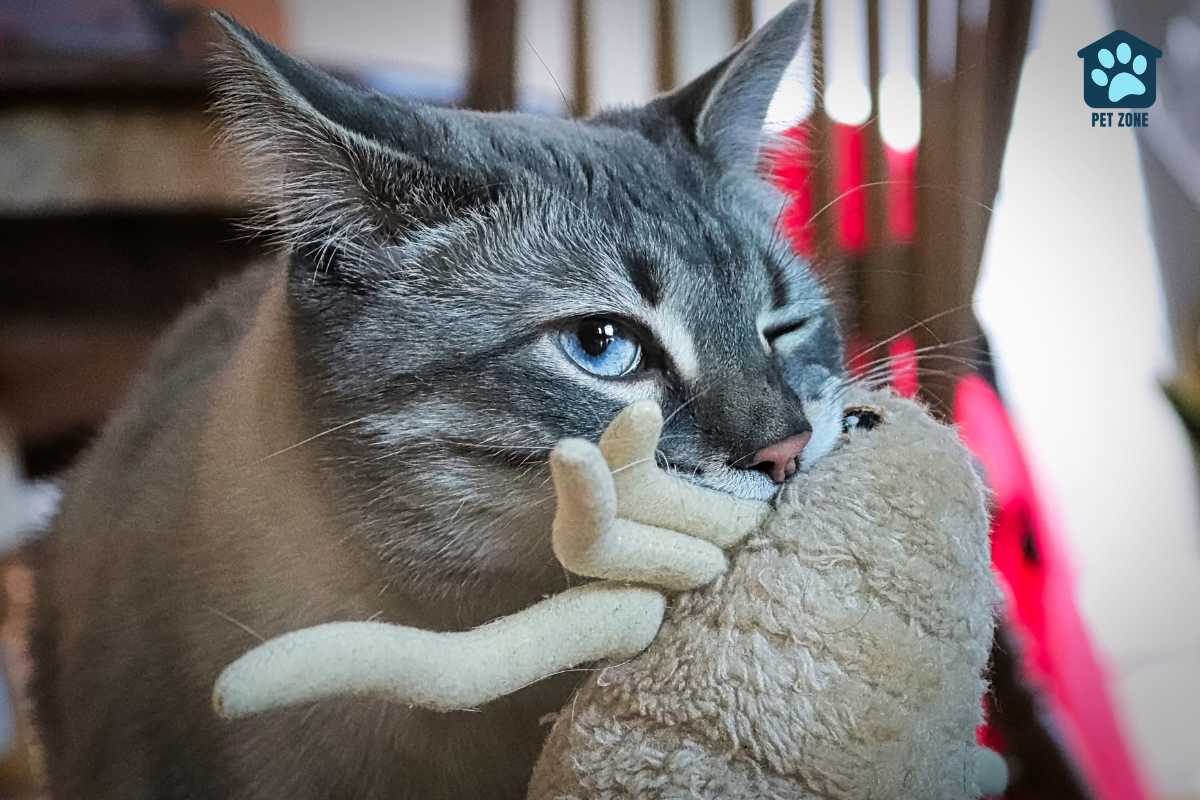

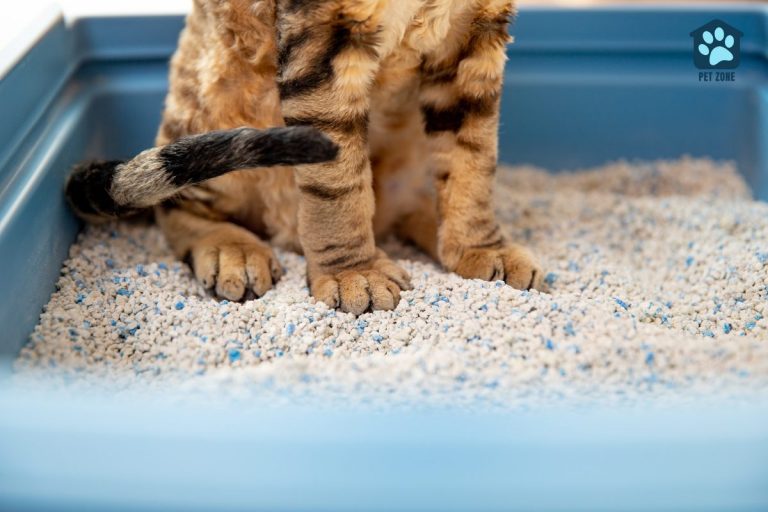
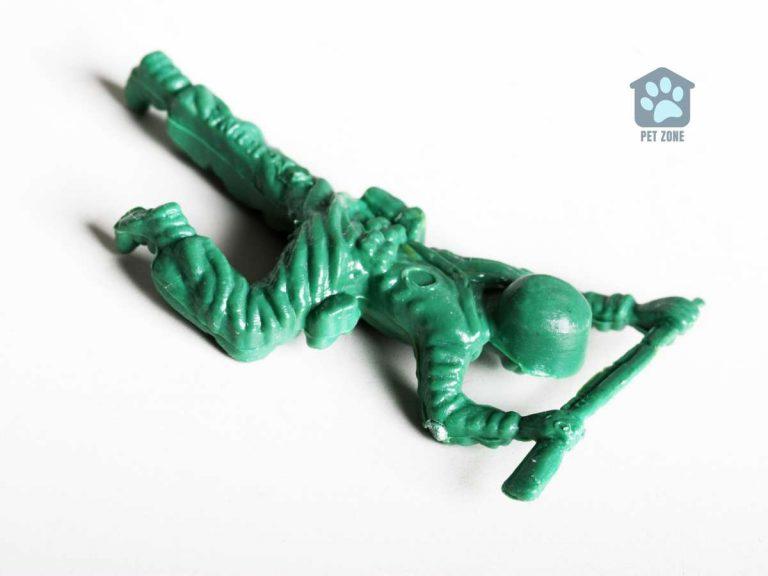
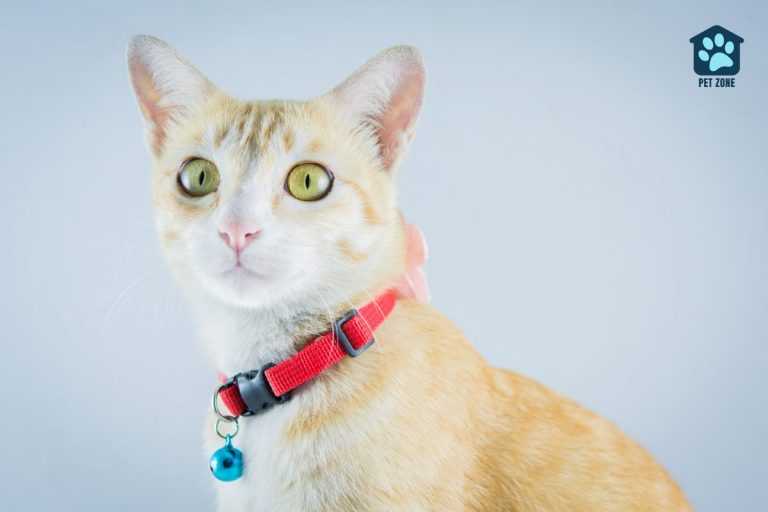

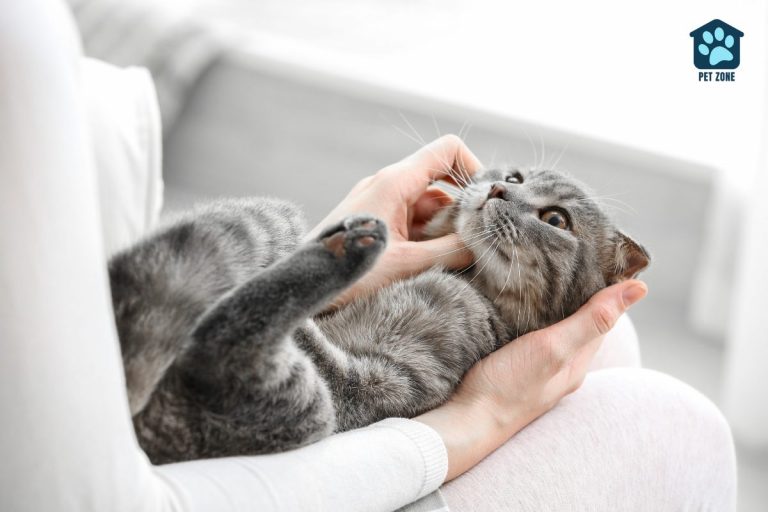
Although I don’t have a cat in my home, this post was interesting to read. Learned a lot about this particular behavior of cats.
This is interesting, first time to know about these things. I’m a dog person but good to know about animals. Thank you for sharing!
I never thought they were trying to teach hunting techniques! That’s cool!